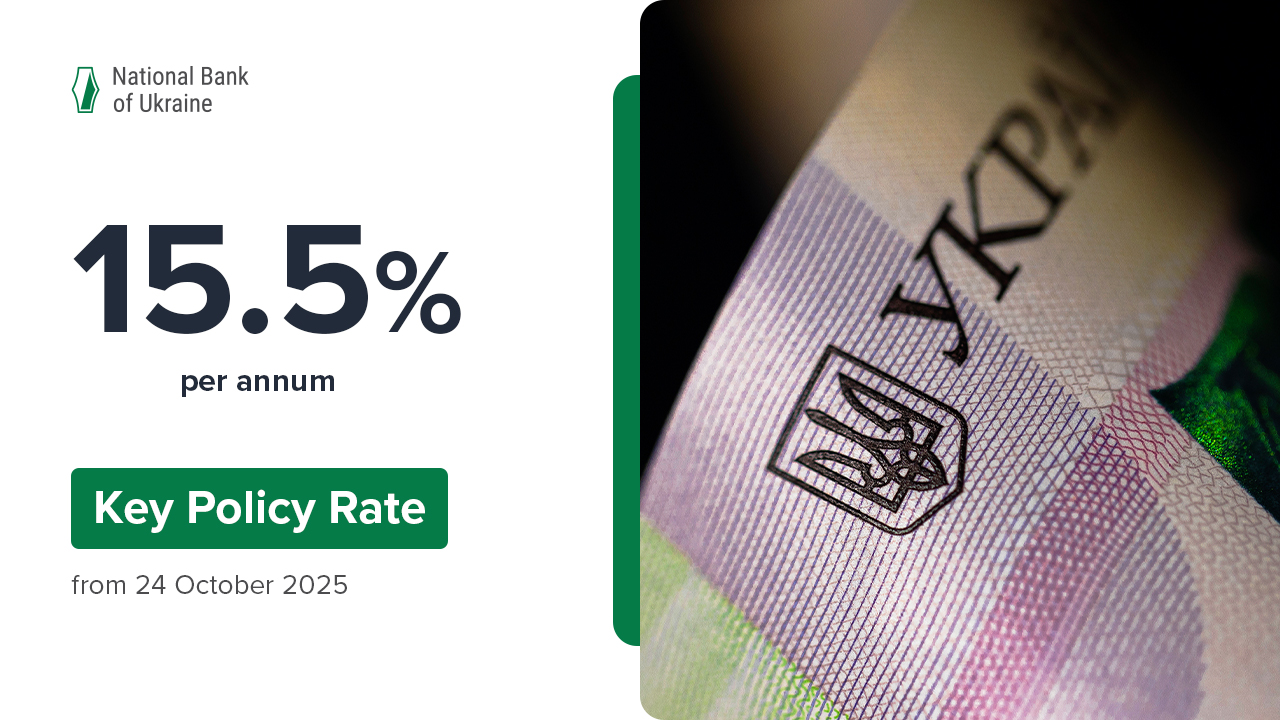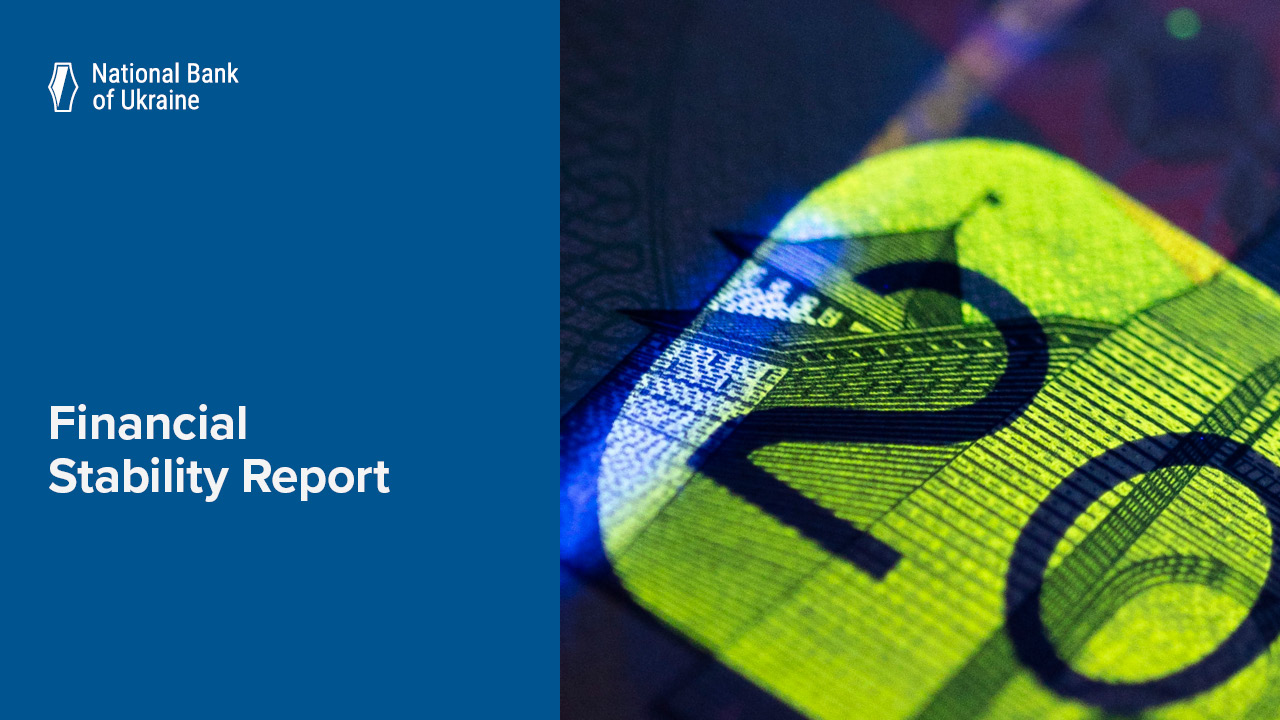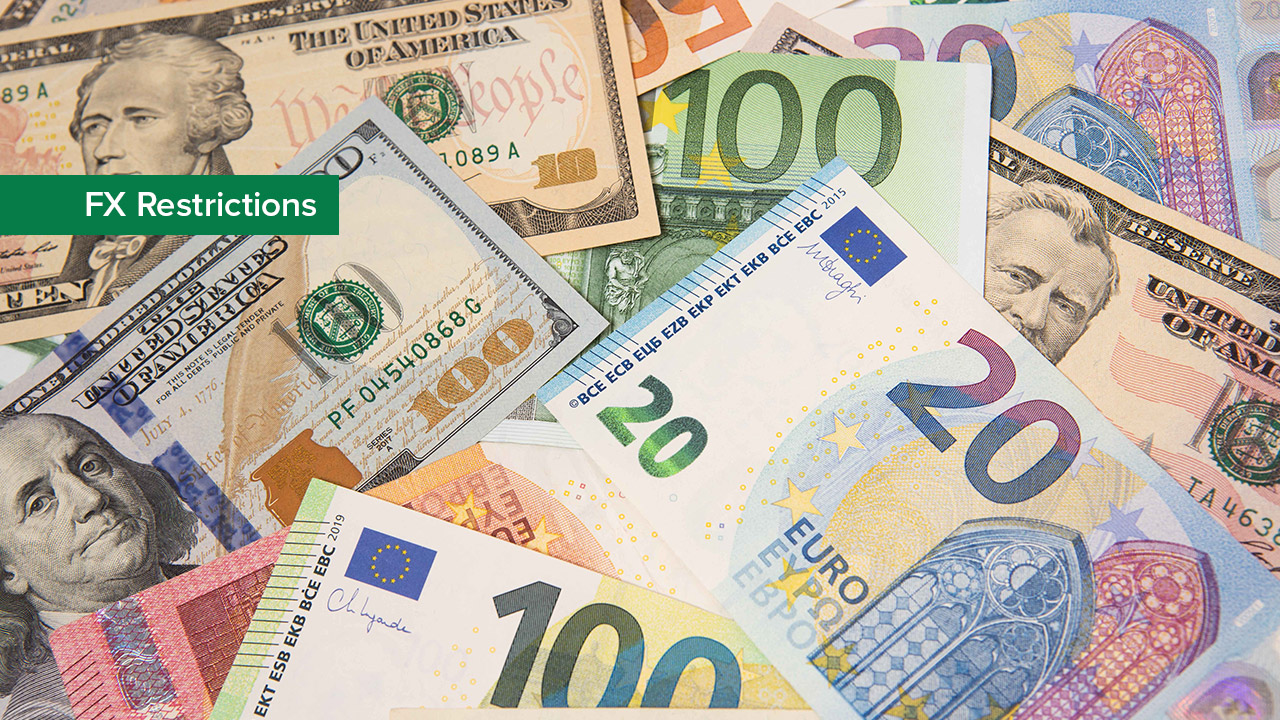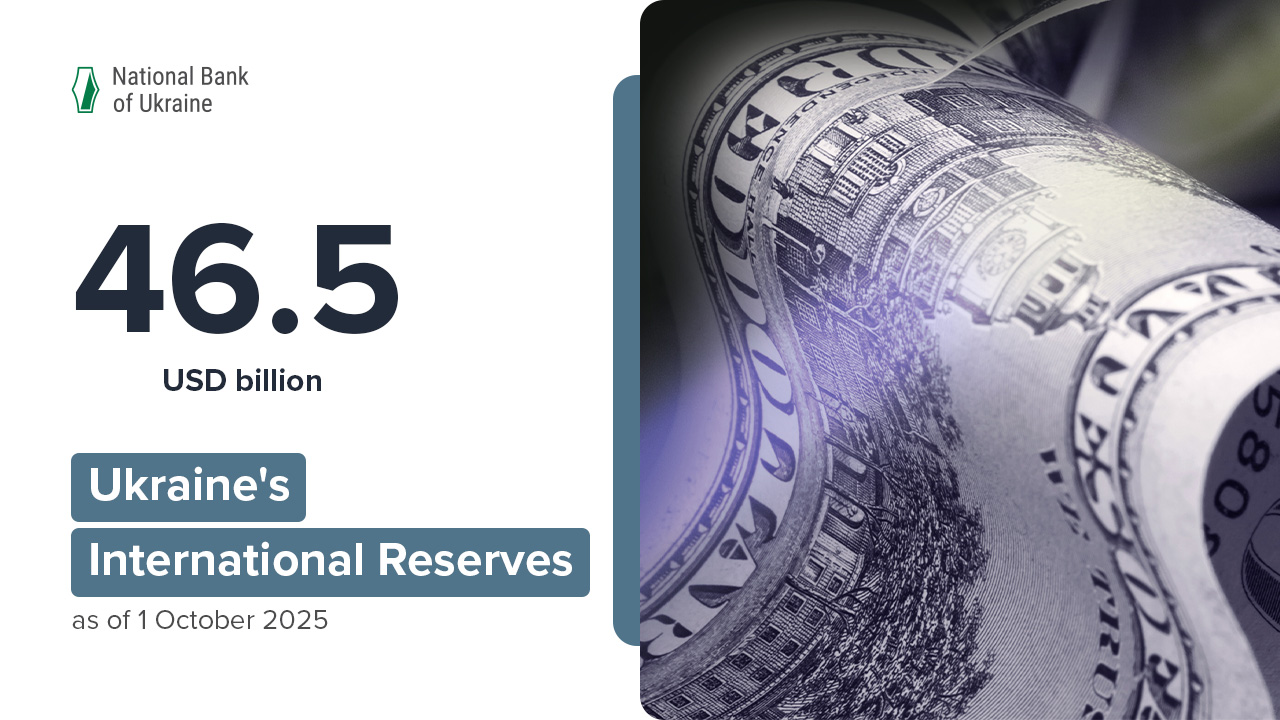Dear colleagues,
I’d like to greet all the participants at our traditional meeting following the Board meeting on monetary policy.
I would like to inform you that the Board of the National Bank of Ukraine continues to pursue easing monetary policy, and today decided to cut the key policy rate to 15%.
This became possible due to further mitigation of risks for price stability. It is in line with the achievement of inflation targets for the current and next year.
Inflation remains a one-digit figure for the fifth month in a row. It amounted to 8.4% y-o-y in August.
In general, consumer price dynamics continue to follow our inflation forecast announced in July. Namely, 12% by the end of 2016 and 8% by the end of 2017.
What facilitated such inflation path?
Pressure on inflation continued to ease in August driven by fundamental factors. This is evidenced by further slowing of core inflation. As anticipated, it was due to low aggregate demand, a large supply of food products, and restrained monetary policy. Apart from this, inflation expectations continued to improve both for households, businesses, and the expert community.
Overall, economic activity continued to recover gradually. Real GDP growth accelerated to 1.3% y-o-y in Q2. A higher Index of Key Sectors Output (IKSO) remained at to 1.7% y-o-y in July.
Therefore, the situation within industries keeps improving. Operations of metallurgical and mining enterprises in the east of the the country partially recovered, however, it was still limited by transportation problems.
Building and passenger transport showed good progress.
In particular, growth of construction works volume accelerated to 12.9% y-o-y in July due to improved engineering and non-residential construction. This may indicate a revival of investment activity.
At the same time, private consumption’s contribution to economic growth remained insignificant, according to our estimates. Retail turnover increased slowly despite the high growth of real wages during recent months. Both lower growth of other household income and a high unemployment rate, along with increasing utility expenses, are attributed to the money-saving behavior of households. Therefore, private consumption did not generate additional pressure on inflation.
What will determine the future inflation rate?
In Q4 of the current year, the inflation will be close to the target level of 12% y-o-y.
Mainly, it will take place due to a reflection of statistically higher tariffs for public utilities. In particular, the increases will appear in electricity tariffs in September, higher tariffs for heating supply shown in statistics with the beginning of the heating season, and the absence of discounts on natural gas in contrast to last winter.
At the same time, according to our estimates, core inflation will continue to moderate due to a further weakened fundamental pressure on inflation. We expect the recovery of domestic demand will be negligible in the last months of the current year.
Higher volatility of the exchange rate in August-September did not create material risks for inflation to exceed targets. As before, the NBU did not worsen dominant trends in the FX market and smoothed out sharp exchange rate fluctuations through FX interventions. Within ten days, the NBU sold nearly USD 200 million to banks through FX auctions. And this week, the situation on the FX market began to stabilize. It even allowed the NBU to enter the market to purchase foreign currency.
The FX market will be supported further by several positive factors.
First, steel prices, although adjusted in autumn, are now 29% higher than at the beginning of the year, and iron-ore prices are higher by 31%. It will ensure higher proceeds from exports.
Second, we expect larger exports of grain and other agricultural crops due to a high yield. According to the latest expert estimates, the grain harvest may exceed 63 million tons. The total yield of oilseeds, especially sunflower, this year will be the highest on record. All of this will be offset by the recent fall in prices for agricultural crops in the world markets.
Third, but not least, completion of the second program review under the Extended Fund Facility with the IMF will become an important factor for stabilization of the foreign exchange market situation. This long-awaited decision has proved the international organization’s support of the reform program in Ukraine. It is a very important factor in improving the business outlook and a positive signal for domestic and international investors.
The amount of the third tranche is about the equivalent of USD 1 billion. It will be directed at replenishment of the international reserves. Moreover, it gives Ukraine an access to another related financing. In particular, Ukraine is to receive USD 1 billion from the placement of US Treasury-guaranteed Eurobonds and attract EUR 600 million from the European Commission by the end of the current year.
Thus, the National Bank of Ukraine further forecasts an increase in international reserves to USD 17.2 billion by the end of this year, subject to receiving the fourth tranche from the IMF.
However, in the view of uncertainty as to the external market situation, the NBU maintains sufficiently restrained monetary conditions.
In the event of a further reduction in the risks to price stability, the NBU will continue easing the monetary policy to support recovery of economic growth.
In addition, the NBU Board believes it possible to take further steps towards gradual easing of administrative restrictions in the FX market.
Yesterday, we decided to loosen a few temporary restrictions imposed to stabilize the FX market from 2014-2015.
First, from now on, bank customers can receive cash in foreign currency from current and deposit accounts through cashier’s offices and ATMs up to the equivalent of UAH 250,000 per day per customer. Previously, the equivalent amounted to UAH 100,000. We believe, this should increase depositors’ confidence in the banking system.
Second, resident companies can purchase foreign currency if their own available funds exceed USD 25,000. However, they can do so solely on conditions that they will use the funds to timely repay their external liabilities.
We expect that the above easing of temporary anti-recessionary restrictions will not lead to increased volatility in the interbank FX market.
I emphasize that the easing of anti-recessionary restrictions is the first step towards large-scale liberalization of FX regulation.
This summer, having not waited for termination of effective resolutions, we have already taken important steps in this regard, such as permission to purchase foreign currency to repatriate dividends, extension of the term for settlements on export/import transactions from 90 to 120 calendar days, and a decrease in mandatory sales of FX inflows in favor of legal entities in Ukraine from 75% to 65%.
But while a gradual lifting of temporary restrictions largely depends on available macroeconomic prerequisites, later we’ll have to switch to a completely new regulatory model with free cashflows, Primarily with liberal regulation for current account transactions and FDI inflows. And this plan calls for other tools to prevent inefficient capital outflows.
The OECD has already developed a concept to counter the tax base reduction and moving profits abroad - BEPS. Upon our initiative, the Tax and Customs Policy Committee of the Verkhovna Rada drafted a number of bills to be submitted to the parliament, which are expected to ensure implementation of international recommendations in Ukraine.
They also provide for Ukraine’s joining the mechanism of Automatic Exchange of Information with the fiscal authorities of other countries. Upon their effective implementation, we’ll have no need in tighten FX regulation introduced by the Decree On FX Regulation and Control Framework from 23 years ago. In the future, we’ll be able to transfer to a new, more liberal model of foreign exchange regulation.
With this encouraging news, I would like to close our meeting.
The next meeting of the NBU Board on monetary policy issues will be held as scheduled on 27 October 2016.







